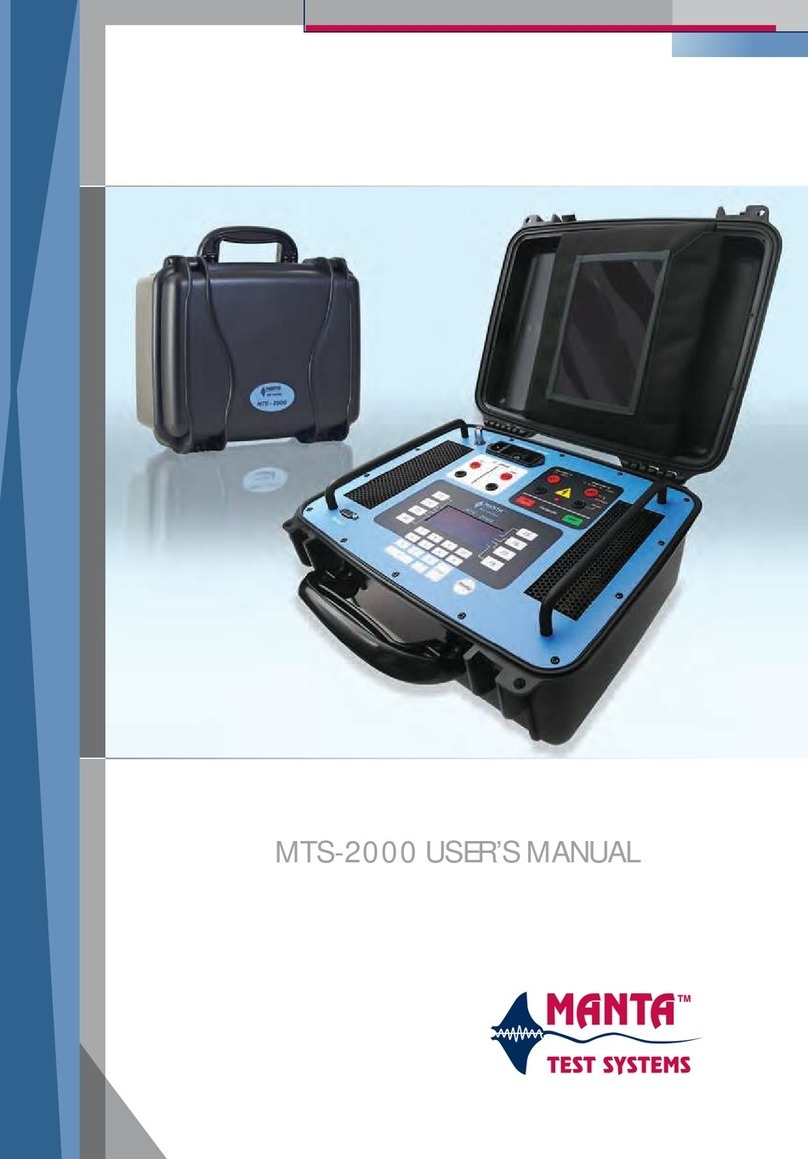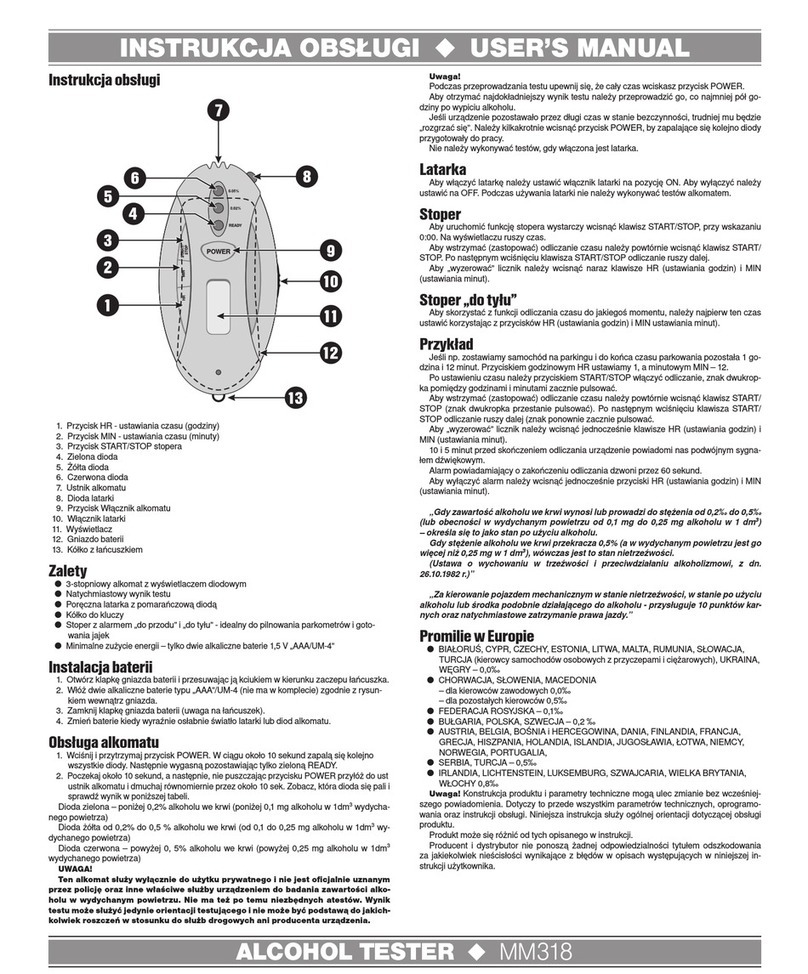
TABLE OF CONTENTS
vi MTS-3000 SERIES OPERATION AND REFERENCE MANUAL
0$17$#7(67#6<67(06 CU M004 01A
4.3.1 Static Fault Mode.....................................................................................4-2
4.3.2 Dynamic Fault Mode ...............................................................................4-3
4.4 TRIGGER/TIMER OPERATION.................................................................4-4
4.4.1 External Trigger Inputs............................................................................4-4
4.4.2 Trigger Threshold Levels.........................................................................4-4
4.4.3 Start Trigger (FLT)..................................................................................4-4
4.4.4 Stop Trigger (TRIP).................................................................................4-5
4.4.5 Reset.........................................................................................................4-5
4.4.6 Timer Start ...............................................................................................4-5
4.4.7 Two-Wire Pulse Timing ..........................................................................4-5
4.4.8 Timing in Cycles......................................................................................4-5
4.4.9 Testing SCR Output Type Relays............................................................4-5
4.5 CURRENT MODES......................................................................................4-6
4.5.1 Current Range..........................................................................................4-6
4.5.2 HARMONIC Current Mode ....................................................................4-7
4.5.2.1 DEFINITION OF PERCENTAGE HARMONIC. ..........................4-8
4.5.2.2 SPECIAL NOTES. ..........................................................................4-8
Section 5
Advanced Operation
5.1 MENU OPERATION....................................................................................5-1
5.1.1 Basic Usage..............................................................................................5-1
5.1.1.1 ACTIVATING THE MAIN MENU. ..............................................5-1
5.1.1.2 SELECTING MENU ITEMS. ........................................................5-1
5.1.1.3 MENU NAVIGATION. .................................................................5-1
5.2 SETTINGS.....................................................................................................5-5
5.2.1 Reset to Defaults......................................................................................5-5
5.2.2 Fault Type................................................................................................5-5
5.2.2.1 VECTOR MODE. ...........................................................................5-5
5.2.2.2 Φ−N,Φ−Φ, 3Φ MODE. ............................................................................5-5
5.2.3 Harmonics................................................................................................5-6
5.2.3.1 HARMONICS OPTIONS. ..............................................................5-6
5.2.4 Parallel Current........................................................................................5-6
5.2.5 Ramps ......................................................................................................5-7
5.2.5.1 FREQUENCY RAMPING. ............................................................5-8
5.2.5.2 PHASE RAMPING. .......................................................................5-8
5.2.5.3 VOLTAGE RAMPING. .................................................................5-8
5.2.5.4 CURRENT RAMPING. .................................................................5-8
5.2.6 Frequency 2..............................................................................................5-8
5.2.7 Breaker Times (Bkr Times)......................................................................5-9
5.2.8 AC Current Range (ACI Range)..............................................................5-9
5.2.9 Reclose.....................................................................................................5-9
5.2.10 Fault Incidence Angle (FIA)....................................................................5-10
5.2.11 Maximum Fault Duration (Max Flt Dur) ................................................5-10
5.2.12 Display Options .......................................................................................5-10
5.2.12.1 DEFAULT DISPLAY (Hz & Φ). ..................................................5-10






























